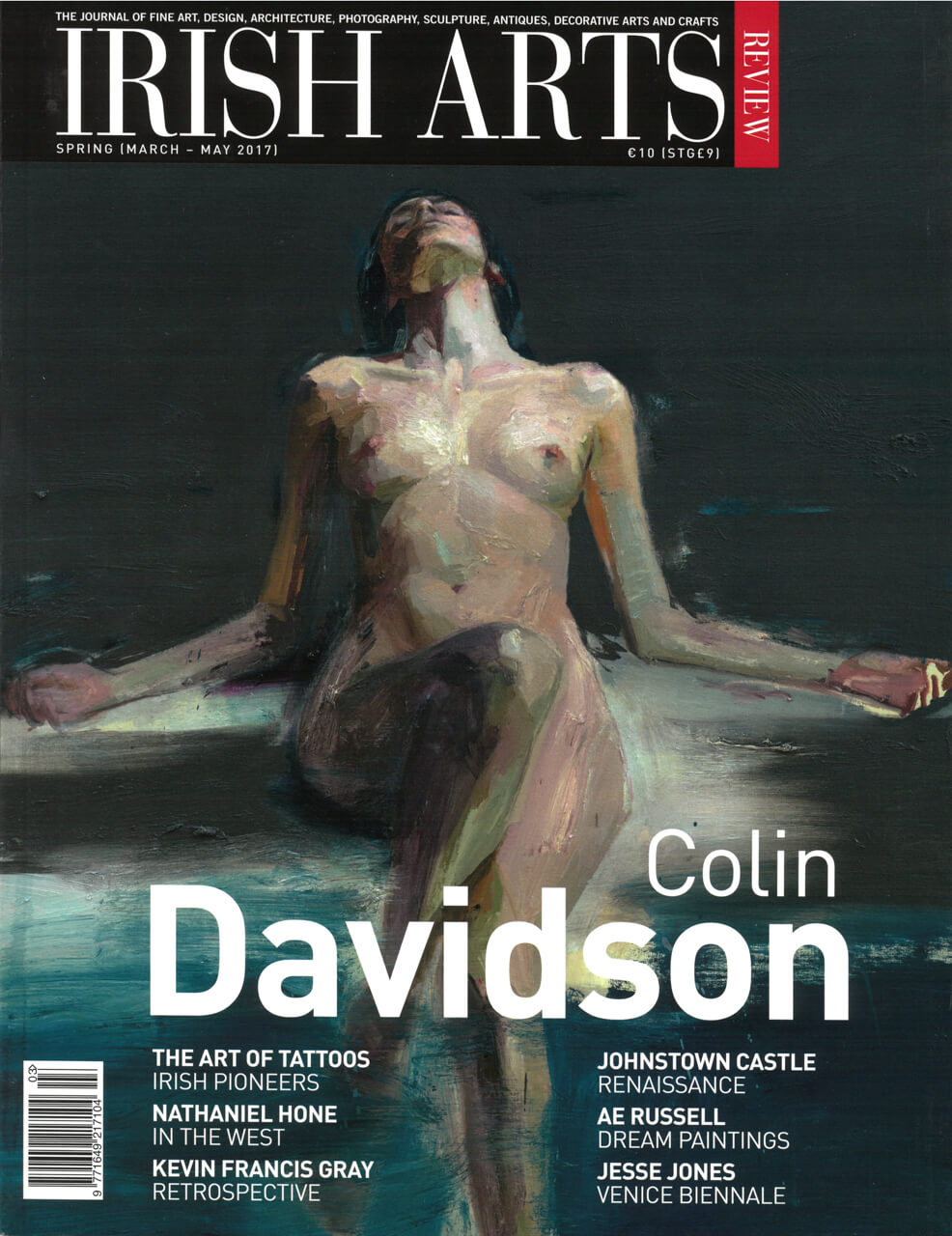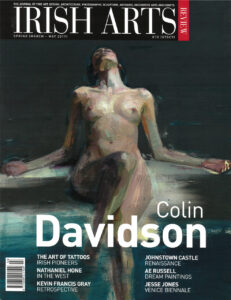

While working as an intern at the NPA Mike Bors gained access to a remarkable collection created by talented amatuer, Sir Robert Ball, astromoner and scientific adviser to the Commissioners of Irish Lights
Lighthouses are and have been an integral part of the Irish coastal landscape for centuries and the history of sea signals in Ireland dates back to the 5th century. The very first record of it was a beacon, lit by the monks of Rinn Dubháin in Co Wexford ignited to warn ships away fromdangerous costal rocks. That first lighthouse (the actual lighthouse buildings were erected much later in the 13th century), in an updated and more technically advanced form is still in operation today and is now known as Hook Head. The lighthouses stand defiant in the most hostile of places: on remote islands, small rocks and extremely isolated parts of the Irish coast. They are fortresses, built to withstand violent storms, armed with light and sound signals, not to defend from the invaders but to warn of the threat of the invisible dangers of the treacherous Irish seaboard.
In the 19th and early 20th century the responsibility for lighthouses, lightships, buoys and beacons around the coast of Ireland was vested in the hands of the Commissioners of Irish Lights (CIL). CIL is the body that serves as a General Lighthouse Authority for the island of Ireland and its adjacent seas and islands. It oversees the costal lights and navigation marks and is funded by light dues paid by ships calling at ports in Ireland. For the most comprehensive photographic record of Irish lighthouses and life therein around the turn of the 20th century we are indebted to Sir Robert Ball who was appointed as Scientific Adviser to the Irish Lights Board in 1882. ‘It was his duty to advise the Commissioners of Irish Lights to the efficiency of the apparatus used in the Irish lighthouses’ (Ball, 1915: 246). Even though he was not obliged to accompany Commissioners of Irish Lights on the annual inspections after his nomination, he was said to rarely miss the annual trip, always accompanied by his camera. ‘I got many ‘snaps’ he writes in June 1903 in a letter to his wife, and on another occasion notes again: ‘I send you a few ‘snaps’I took last year. I got a good many pictures altogether, and I am trying this year to fill up some of the many lacunae.'(Ball, 1915: 261). The collection is ultimately made by an amateur, even though Ball was a scientist and a member of the Dublin Photographic Society, there is no evidence to suggest he received any kind of formal training. So how did this astronomer, mathematician and writer of popular science books become the creator of such an extensive photographic archive? His photographic collection was donated to the National Library of Ireland by the Commissioners of Irish Lights in the year 2000. It consists of 23 boxes of prints, glass and plastic slides, negatives and positives totalling around 1,000 items and was created over a 15-year period in different locations all over the coast of Ireland.
Back in 1865 Ball had moved from Dublin to take up a tutoring position to the three younger sons of Lord Rosse in Birr Castle‚Äîthe home of the much celebrated ‘Great Telescope’. Laurence Parsons, 4th Earl of Rosse and his mother, Mary Rosse, were eminent amateur photographers. The photographic darkroom that the Countess of Rosse created, was one of the first in Ireland at the time and it is assumed that Ball’s interest in photography started here. Curiously, among the photograph of lighthouses, lighthouse-keeps, the equipment and the commissioners we find an image of Ball himself. This photograph raises questions. Did Robert Ball take all the photographs himself if he’s pictured in one of the images? Was the technology advanced enough for this to be a self-portrait? Was the camera of the 1900s technically advanced to have a timer release or did someone else take the photograph? Was there more than one author of the archive? The viewer can easily envisage the patience and no doubt many failed attempts of the photographer in his attempts to create this fascinating documentation, against the odds of rough seas, rocky boats, flaws in the equipment and processes of recording images invented less than 30 years prior. It is remarkable that Ball was able to produce images such as the view of Fastnet lighthouse taken from the deck of the boat.
Today, with the passage of time these images have a different value. Ball’s photographs started their lives as simply ‘snaps’, captured memories from his travels with the Commissioners and with time have become not only documents, rich in texture and tonal range, and the play of highlights and shadows only black and white images yield, but also present a nostalgic momento to a time gone by.
Photographs are memories that are made into material objects, a sort of relic of the past and present at the same time, archival objects that are routinely collected, organized and maintained. A snapshot is a mechanism through which we return to the past and the CIL’s archive is exactly that, a time machine that takes the viewer back to 1900s. It stands as a historic document of an Ireland that no longer exists; a record of the lighthouse-keepers, their everyday struggles to live in the most inhospitable and unwelcoming places, making homes and creating families where not many would dare to and their commitment to providing protection for the ships to reach their destinations safely in the most treacherous weather conditions. When listing Robert Ball’s achievements photography is only a minor element. His research, writing and contributions to the fields of astronomy, mechanics and mathematics brought him recognition and prestige. We can not however undermine or diminish the importance and value of the vast archive he has created for the CIL. The history of photography is enhanced by amateurs like Sir Robert Ball, keen and passionate explorers of the medium, recorders of their present and archivists of the world that surrounded them.
Quotes taken from Ball, WVReminiscences and Letters of Sir Richard Ball, Little, Brown and Company (1915).
Mike Bors worked on researching and archiving the CIL collection in 2015 in a collaborative partnership between NPA and DIT. He is currently studying photography at Ulster University’s MFA programme in Belfast.



